A paralyzed man who hasn’t spoken in 15 years uses a brain-computer interface that decodes his intended speech, one word at a time.
Get the latest international news and world events from around the world.
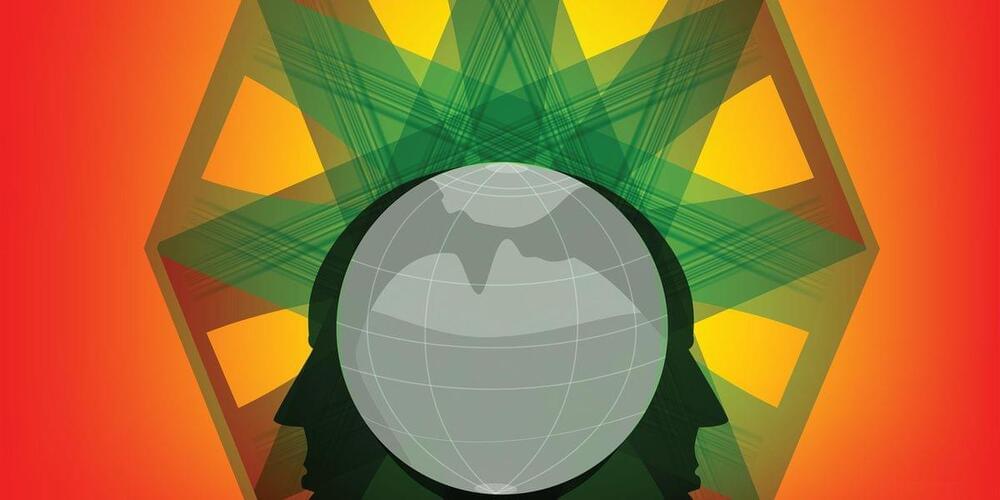
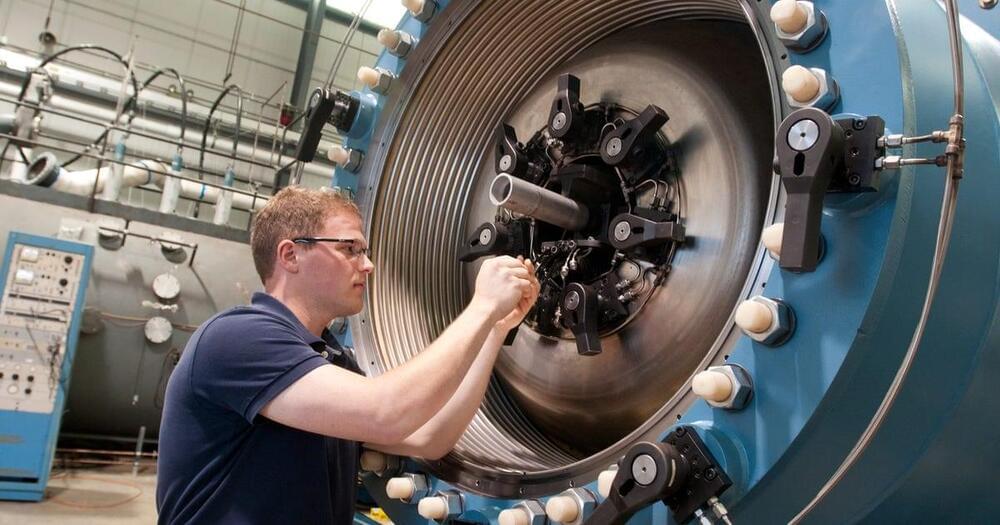
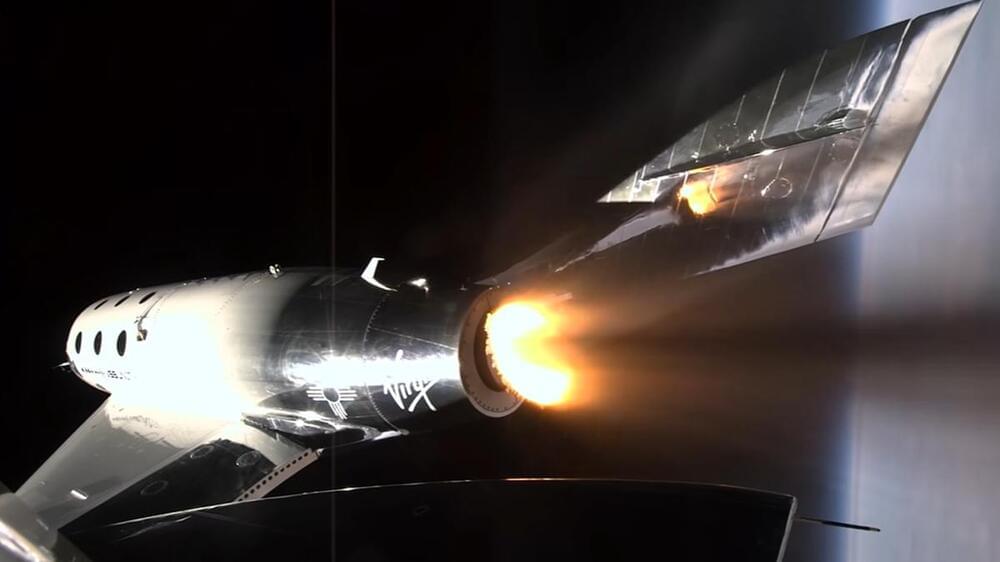
Virgin Galactic releases roadmap for its new space tourist spaceship
Virgin Galactic, while fighting delays in returning tourists to space, is building for the future.
The new class of space tourist ship for Virgin Galactic, called Delta, is coming together with a new deal to fly Axiom Space astronauts along with contracts to secure key suppliers, the company said in press releases this week. Delta may fly as frequently as once a week and is slated to enter service in 2026.
First Glimpse Into the Inner Depths of an Active Galaxy Provided
Evidence of high-energy neutrino emission from the galaxy NGC 1,068 has been found by an international team of scientists for the first time. First spotted in 1,780, NGC 1,068, also known as Messier 77, is an active galaxy in the constellation Cetus and one of the most familiar and well-studied galaxies to date. Located 47 million light-years away from us, this galaxy can be observed with large binoculars. The results, to be published today (November 4, 2022) in the journal Science, were shared yesterday in an online scientific webinar that gathered experts, journalists, and scientists from around the globe.
Physicists often refer to the neutrino as the “ghost particle” because they almost never interact with other matter.
The detection was made at the IceCube Neutrino Observatory. This massive neutrino telescope, which is supported by the National Science Foundation, encompasses 1 billion tons of instrumented ice at depths of 1.5 to 2.5 kilometers (0.9 to 1.2 miles) below Antarctica’s surface near the South Pole. This unique telescope explores the farthest reaches of our universe using neutrinos. It reported the first observation of a high-energy astrophysical neutrino source in 2018. The source is a known blazar named TXS 0506+056 located 4 billion light-years away off the left shoulder of the Orion constellation.

Radical Idea Shows Laser Propulsion Could Rapidly Accelerate Trips to Mars
NASA and China plan to mount crewed missions to Mars in the next decade. While this represents a tremendous leap in terms of space exploration, it also presents significant logistical and technological challenges.
For starters, missions can only launch for Mars every 26 months when our two planets are at the closest points in their orbit to each other (during an “Opposition”). Using current technology, it would take six to nine months to transit from Earth to Mars.
Even with nuclear-thermal or nuclear-electric propulsion (NTP/NEP), a one-way transit could take 100 days to reach Mars.
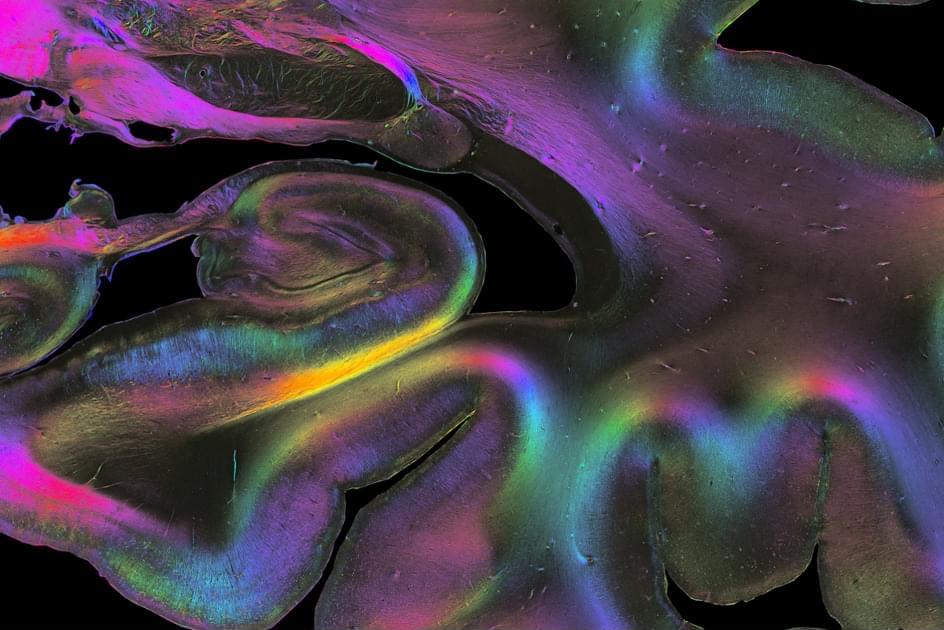
A combination of micro and macro methods sheds new light on how different brain regions are connected
“It is not enough to study brain connectivity with one single method, or even two,” says HBP Scientific Director and author of the Science article Katrin Amunts, who leads the Institute of Neuroscience and Medicine (INM-1) at Forschungszentrum Jülich and the C. & O. Vogt Institute of Brain Research at the University Hospital Düsseldorf. “The connectome is nested at multiple levels. To understand its structure, we need to look at several spatial scales at once by combining different experimental methods in a multi-scale approach and by integrating the obtained data into multilevel atlases such as the Julich Brain Atlas that we have developed.”
Markus Axer from Forschungszentrum Jülich and the Physics Department of the University of Wuppertal, who is the first author of the Science article, has together with his team at INM-1 developed a unique method called 3D Polarised Light Imaging (3D-PLI) to visualise nerve fibres at microscopic resolution. They trace the three-dimensional courses of fibres across serial brain sections with the aim of developing a 3D fibre atlas of the entire human brain.
Together with other HBP researchers from Neurospin in France and the University of Florence in Italy, Axer and his team have recently imaged the same tissue block from a human hippocampus using several different methods: anatomical and diffusion magnetic resonance imaging (aMRI and dMRI), two-photon fluorescence microscopy (TPFM) and 3D-PLI, respectively.
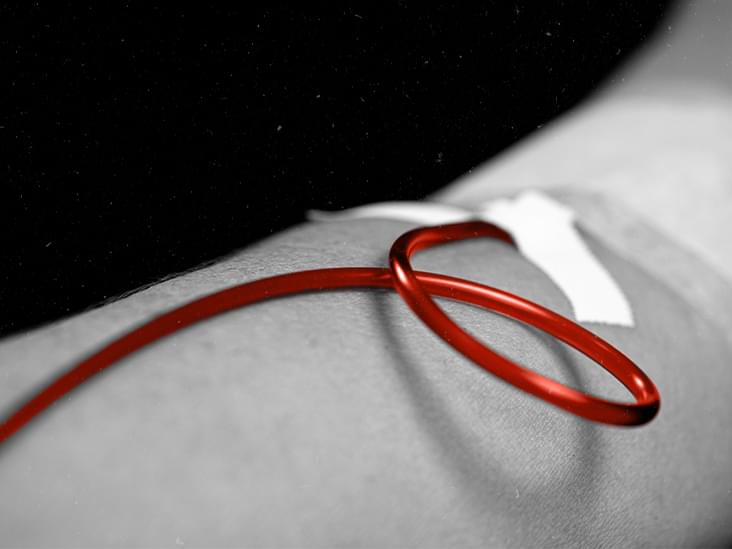
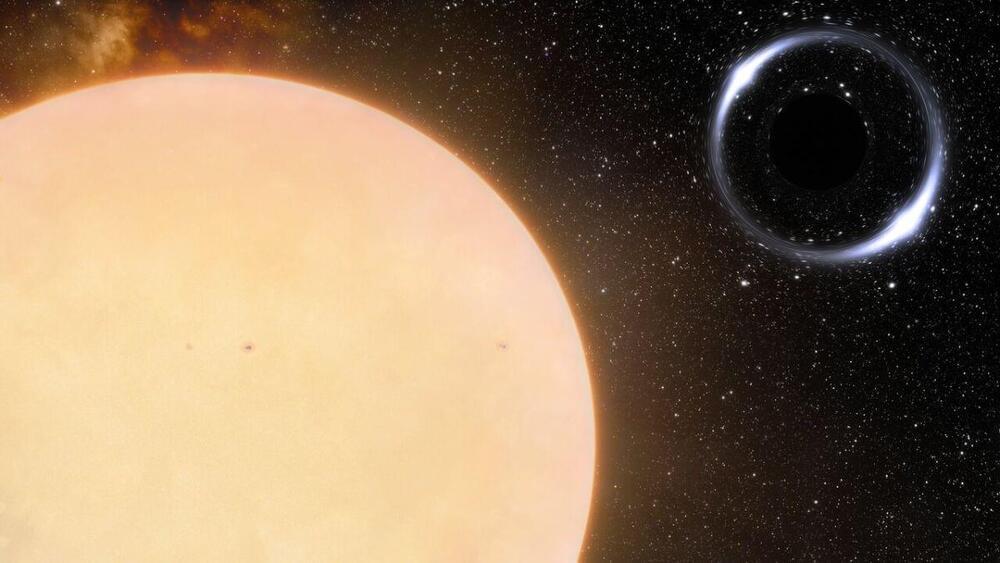
Record breaker! Newfound black hole is closest known to Earth
The black hole record books have just been rewritten.
A black hole about 10 times more massive than our sun lurks just 1,560 light-years from Earth, a new study reports. That’s about twice as close as the previous proximity champ.
